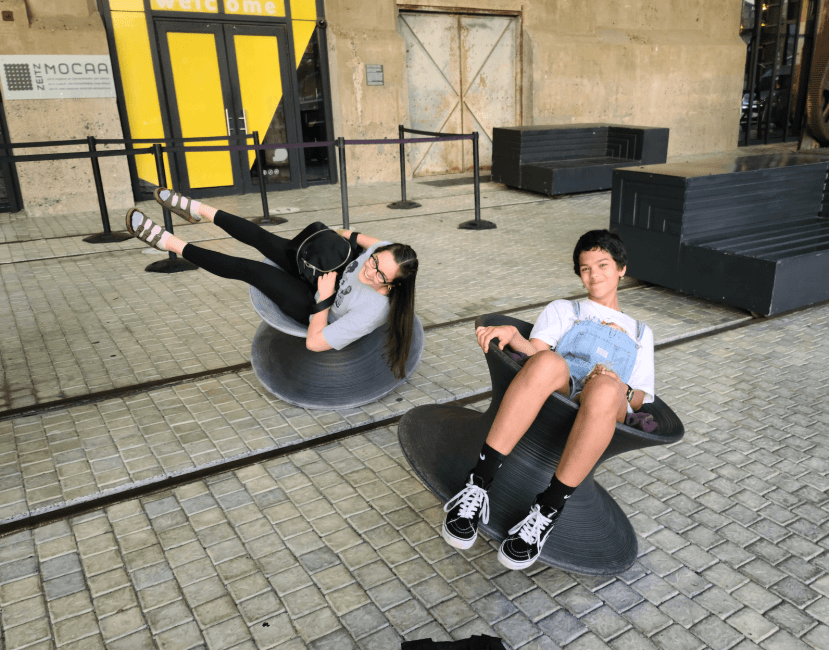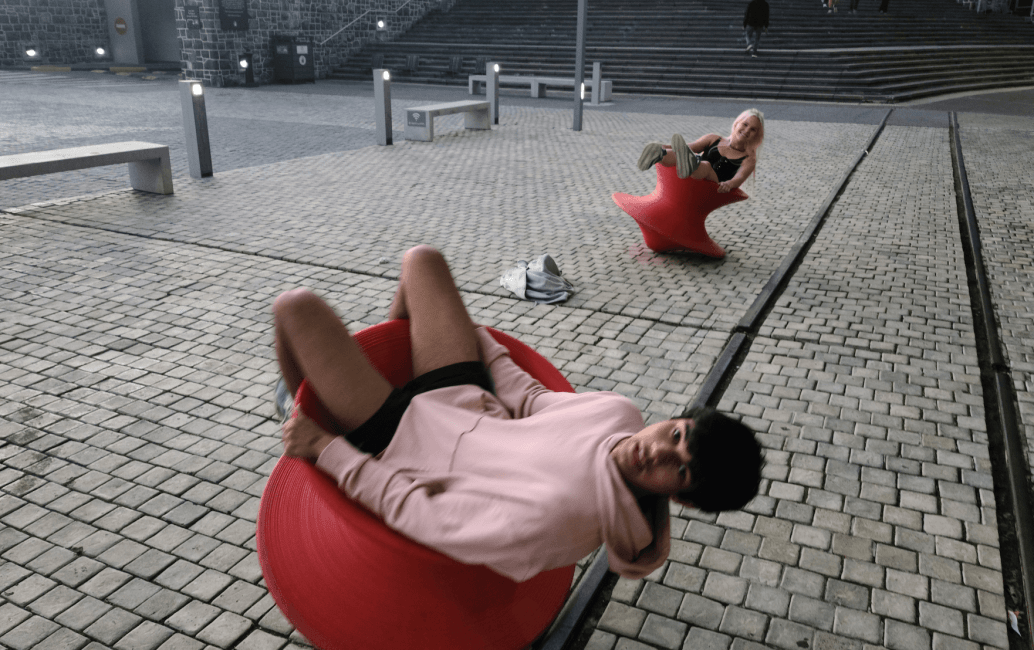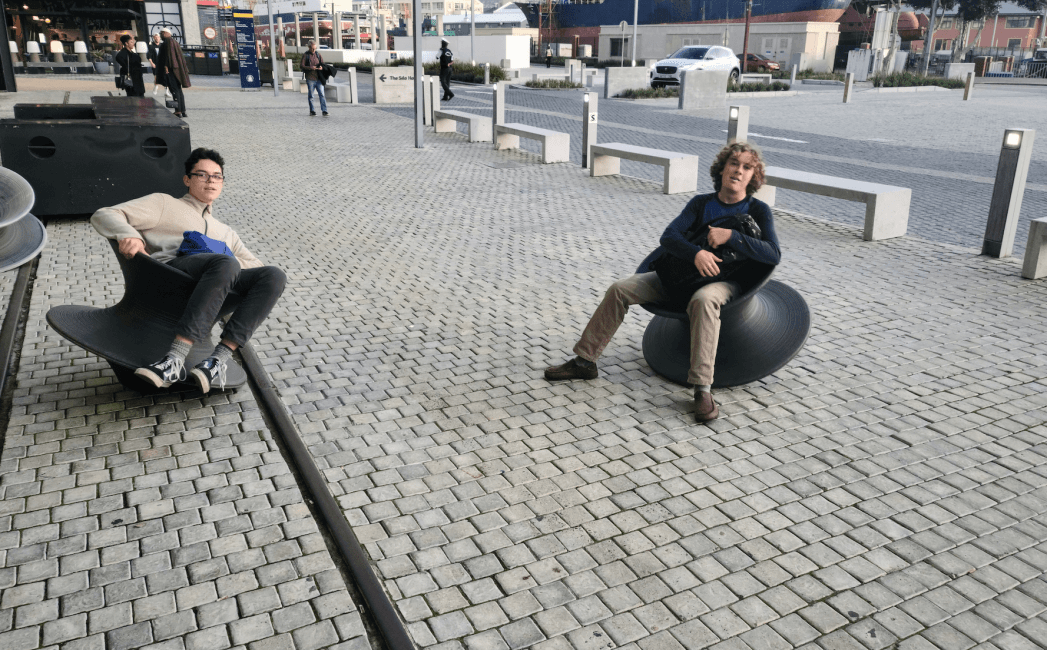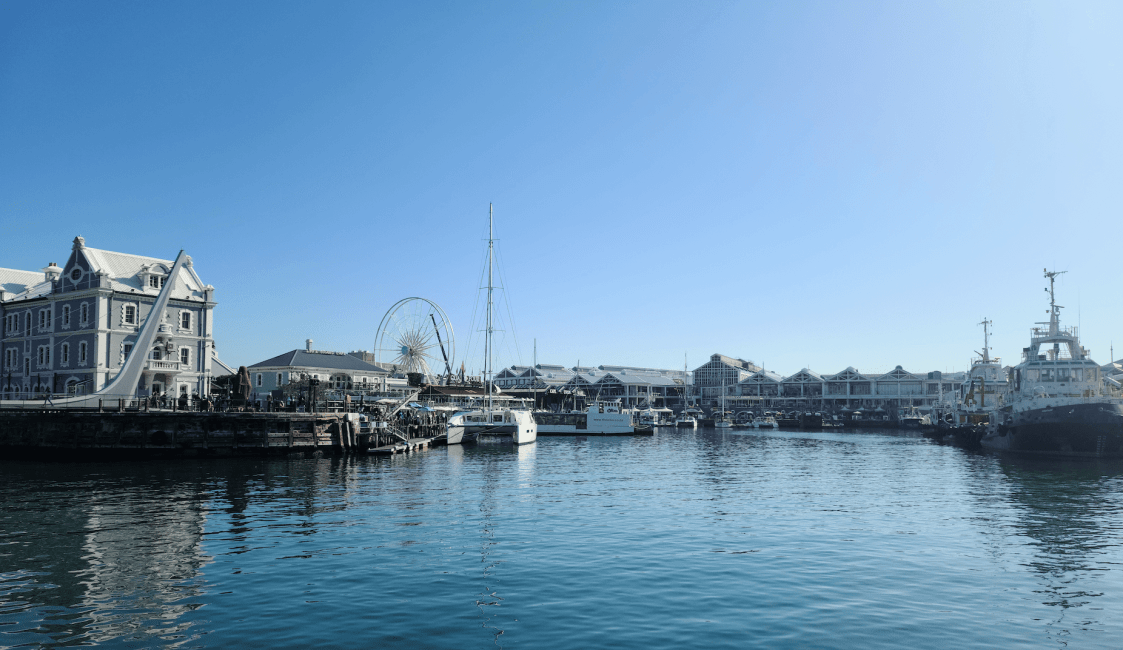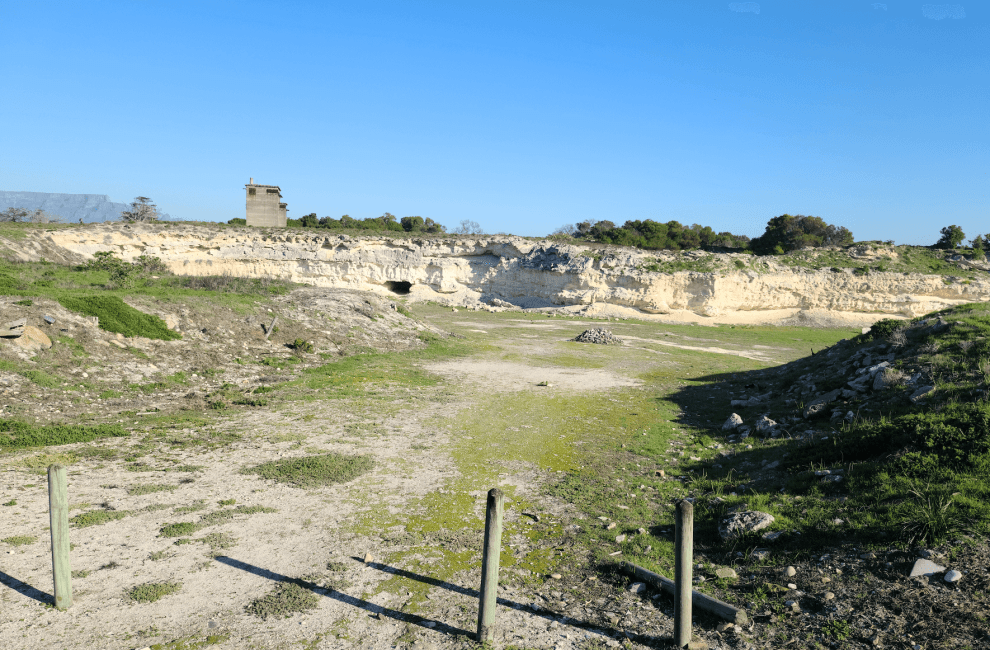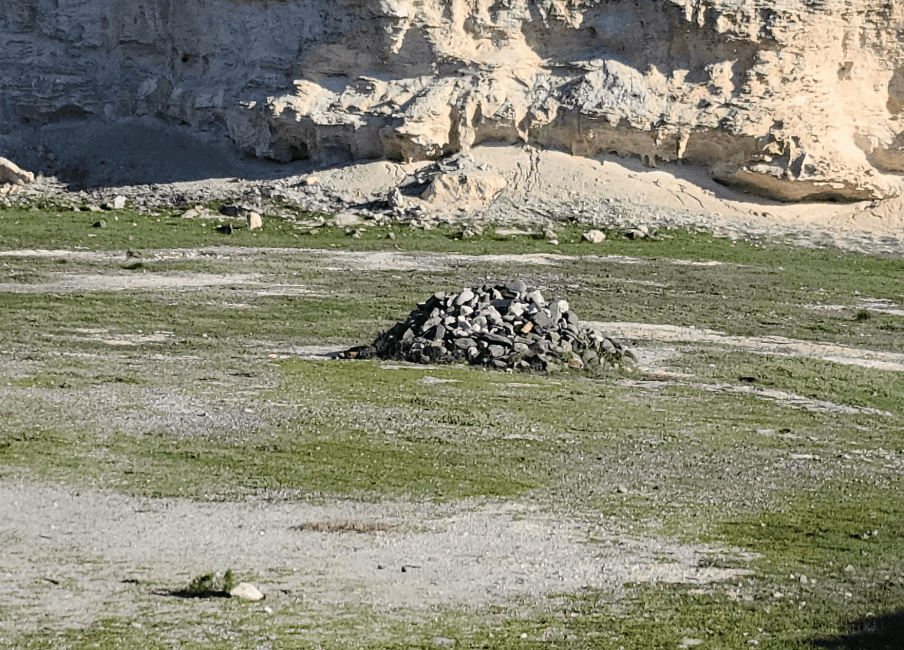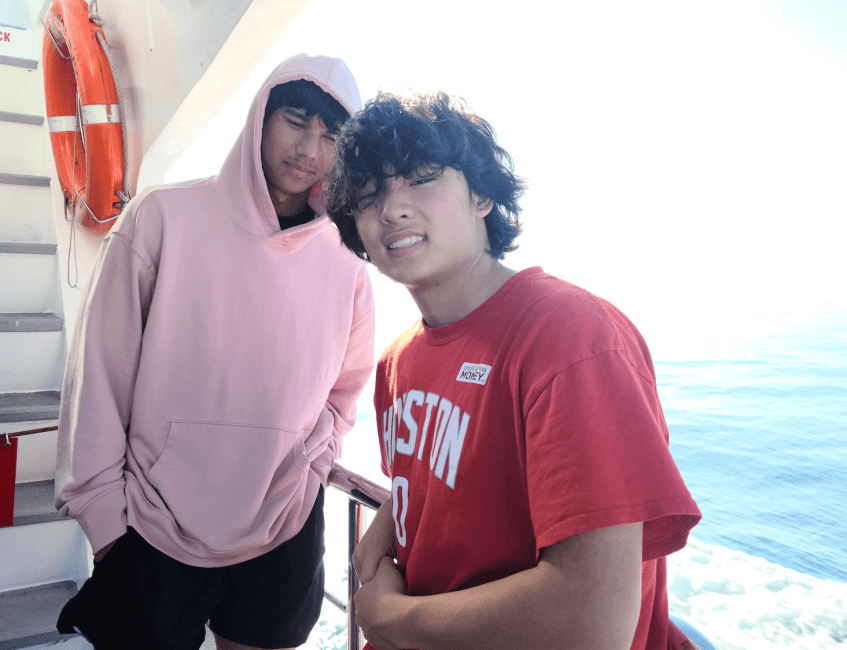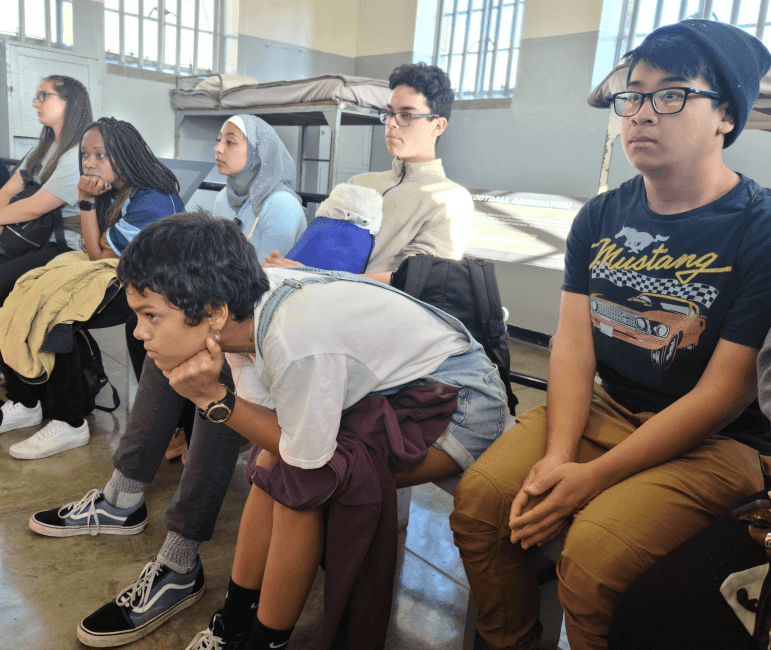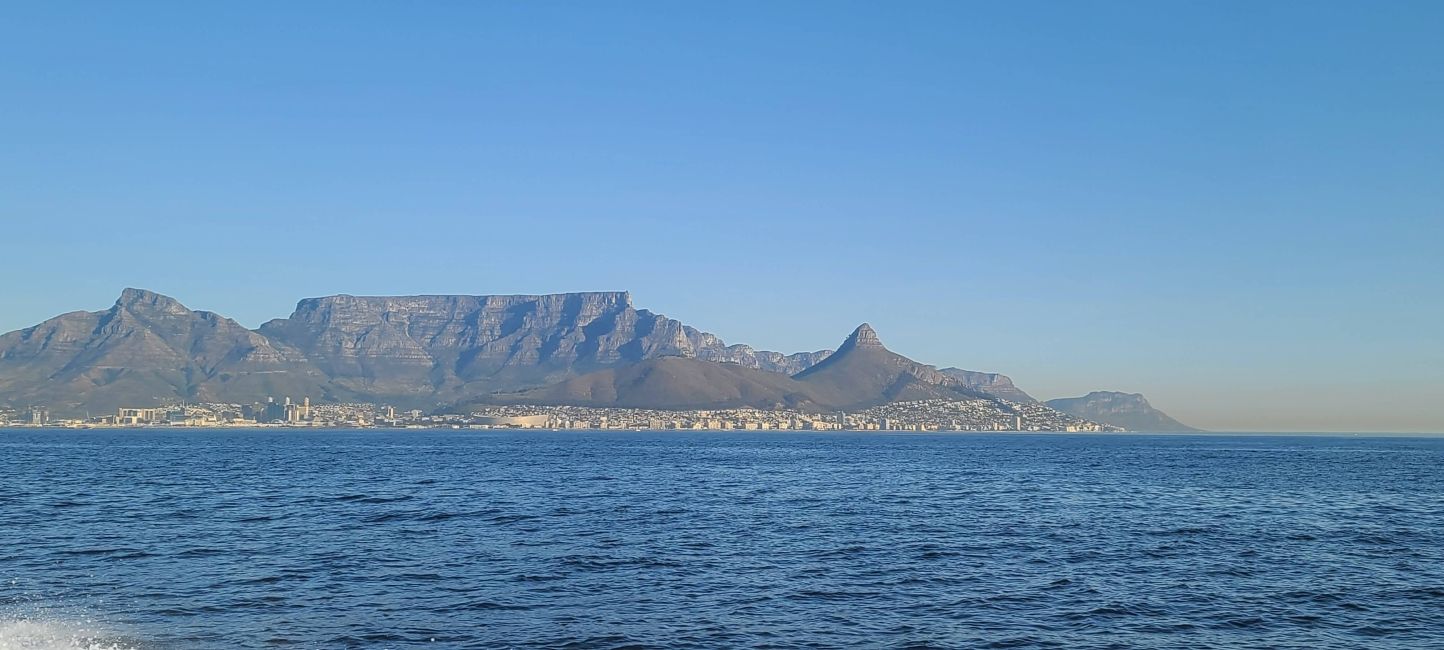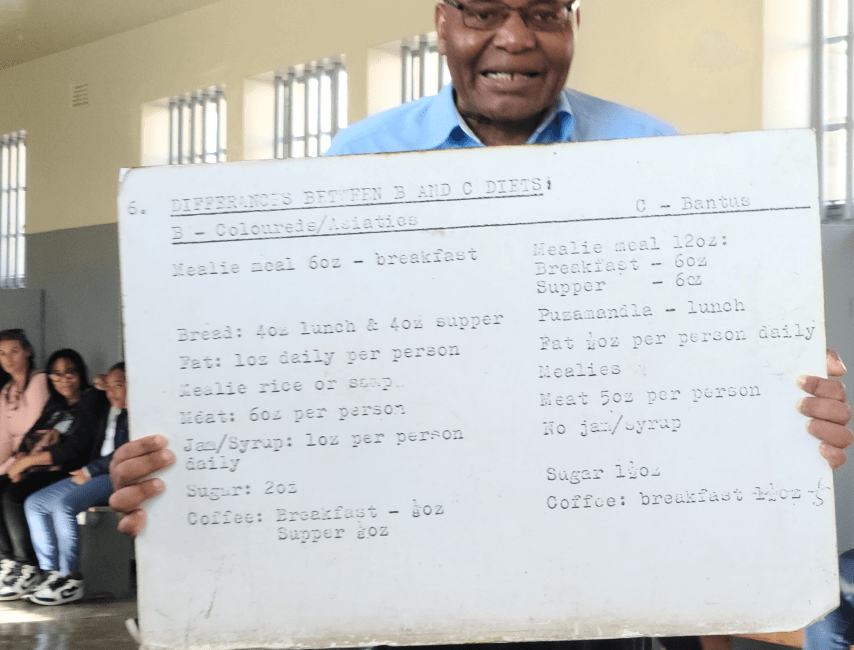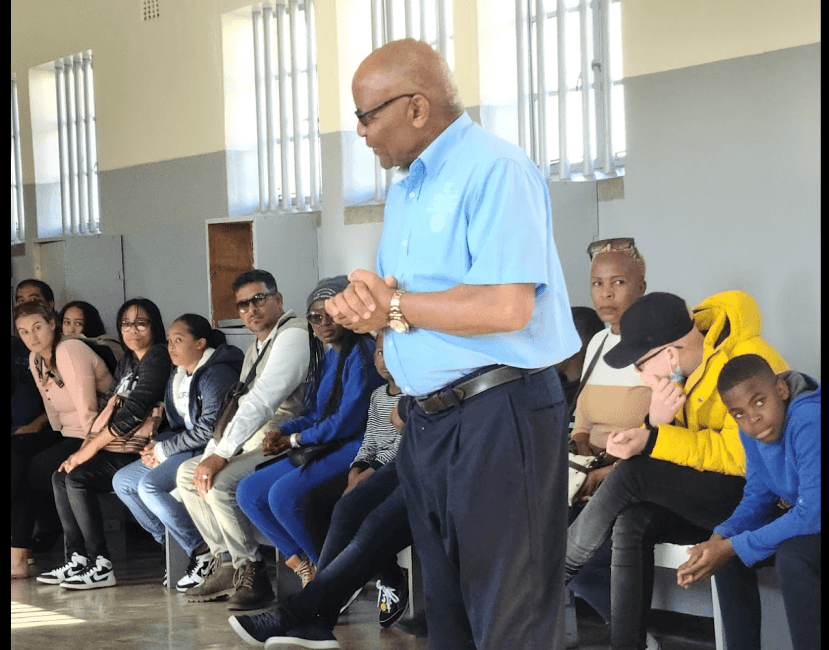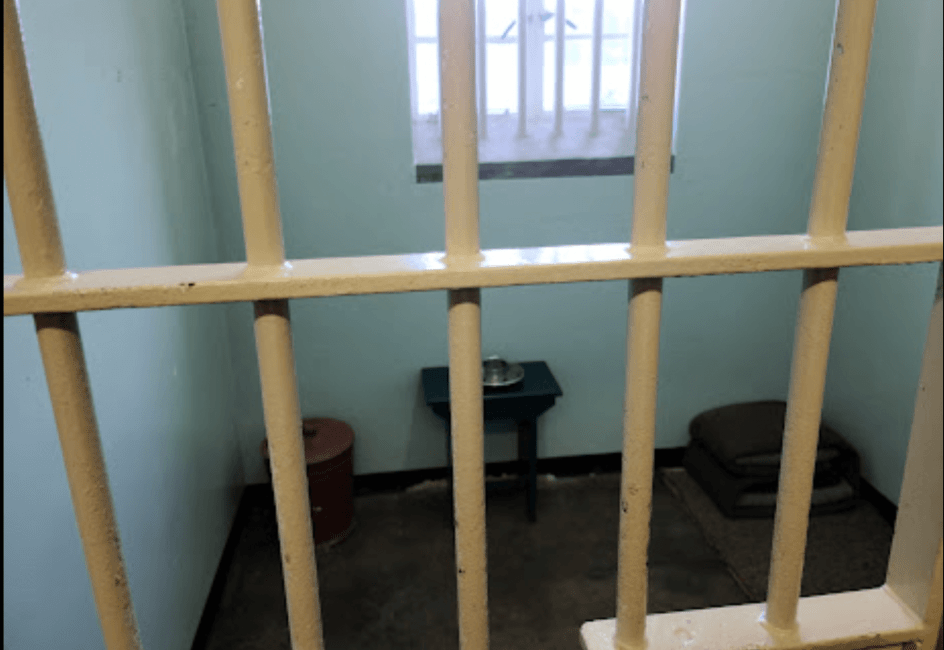Following the Footsteps of "A Long Walk to Freedom"
One of the highlights of our Global Navigator program was Robben Island, an excursion many students had been looking forward to since arriving in South Africa. The day started with isiXhosa language lessons, lunch at a fun market at the V&A Waterfront, and a boat ride with gorgeous views of Cape Town and the mountains. The students even found some time to play and have fun at the V&A Waterfront before and after our tour!
After arriving to Robben Island, we were escorted into the Maximum Security Prison section. There, we heard firsthand accounts and stories from our prison tour guide, Ntando. It is both powerful and moving to hear these first hand accounts, and visitors to Robben Island are so fortunate to be able to ask questions of those who survived their time there. Students heard not only about the dehumanizing arrival to Robben Island for Black, Coloured, and Asian prisoners (there were no white or female prisoners at Robben Island), but about daily life from a former prisoner's point of view. Ntando showed us a menu of what prisoners were given to eat each day- food rations were also separated by race. He also explained the transition from having only 2 blankets and sleeping on the floor to the Human Rights Council's delivery of beds to the prison, when prisoners were allowed a bed and mattress. The stories help visitors understand the human rights violations that happened there so they can be prevented from happening in the future.
Walking through the prison gave everyone a better understanding of torture, dehumanization, and undignified living conditions that were upheld for the political prisoners held there. Passing by the cell of Nelson Mandela, where he spent 27 years of his life, was a sobering moment for all. His writings were smuggled out during his sentence by a white lawyer- all other lawyers were subject to search on arrival and departure from the island. This is how the world was able to learn about his struggles on Robben Island.
Following the prison tour, there was a tour of the grounds and village of the island. The bus passed other prison areas along with the quarry where prisoners were expected to work morning until dark. In a return visit to Robben Island years after his release, Mandela picked up a stone in the quarry and carried it silently on a walk. In the middle of the quarry, he put the stone down. Others followed, putting their stones on top of his. This pile of stones is now a pile of Stones of Remembrance. It is a lasting symbol of the struggle of the South African people for freedom, dignity, and human rights.
Related Posts
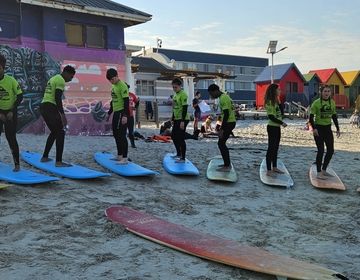
Hang 10!
This past weekend students explored local markets, travelled to Boulders Beach to see the penguins and saw the western-most cape which Cape Town was named after! Students also learned how... keep reading

First Impressions of Service-Learning PT 2
Once students settled into their service-learning site and had more time with the students, they were able to read a group of younger students' stories and get them interested in... keep reading
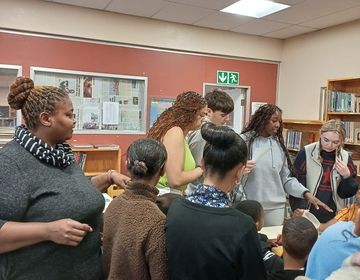
First Impressions of Service Learning
This week, after learning about the history and cultural context of their service-learning site, students began their service! Students were educated on literacy in the area and were told that... keep reading
